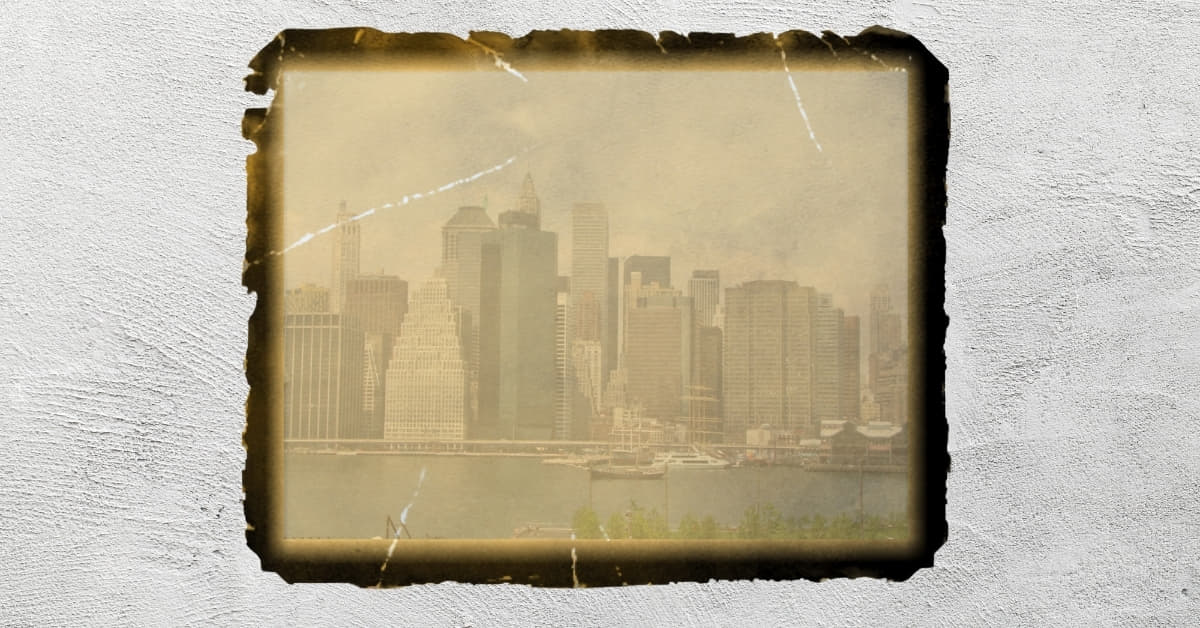Preserving cherished memories is an essential aspect of our lives, and physical photo restoration is a unique and invaluable skill that allows us to breathe new life into old photographs. In this article, we’ll delve into the art of physical photo restoration, exploring the process, its significance, and how it helps in reviving nostalgic moments.
What is Physical Photo Restoration?
Physical photo restoration is the meticulous process of repairing and enhancing old or damaged photographs, bringing them back to their original glory. This intricate art involves repairing torn edges, removing stains, correcting discoloration, and enhancing overall image quality. Skilled artisans employ a combination of traditional and digital techniques to ensure that the essence of the original photo is preserved.
The Significance of Physical Photo Restoration
- Preserving Family History:
Physical photo restoration plays a crucial role in preserving family histories and legacies. Many old photographs capture pivotal moments, and restoring them helps maintain a visual narrative for future generations. - Nostalgic Value:
Old photographs often hold sentimental value, reminding us of cherished moments with loved ones. Restoration allows us to relive those moments with clarity and detail. - Cultural Heritage:
Restoration contributes to the preservation of cultural heritage by safeguarding historical photographs that document significant events, traditions, and societal changes.
The Restoration Process
- Assessment:
The restoration process begins with a thorough assessment of the photograph’s condition. This includes identifying tears, stains, fading, and other forms of damage. - Cleaning and Repair:
Artisans delicately clean the photograph to remove dirt and dust. Tears and creases are carefully repaired, and missing parts are reconstructed to ensure a seamless appearance. - Color Correction:
Advanced color correction techniques are applied to address issues such as fading and discoloration. This step restores the photograph’s original vibrancy and richness. - Detail Enhancement:
Restoration specialists enhance fine details to bring out the intricacies of the image, making facial features, landscapes, and objects more distinct. - Final Touches:
The final touches involve refining the overall image, ensuring that it looks natural and cohesive. The goal is to create a restored photograph that closely resembles the original, if not surpasses it in quality.
FAQs
How long does the physical photo restoration process take?
The time required for restoration varies based on the extent of damage and the complexity of the project. Simple repairs may take a few days, while more intricate restorations could take a couple of weeks.
Can any photograph be restored?
In most cases, yes. Skilled restorers can work with a wide range of photographs, from minor damages to severely deteriorated ones. However, the success of restoration depends on factors such as the original image quality and the extent of damage.
Is digital restoration as effective as traditional methods?
Both digital and traditional restoration methods have their merits. Digital techniques often allow for more precision, while traditional methods may be preferred for certain vintage photographs. The choice depends on the nature of the project and the desired outcome.
Conclusion
Physical photo restoration is a meticulous craft that breathes new life into treasured memories. Whether it’s a faded family portrait or a historical snapshot, the restoration process not only preserves the past but also provides a visual journey through time. Embracing this art form ensures that the stories captured in old photographs continue to resonate with clarity and vibrancy for generations to come.
This page was last edited on 24 February 2024, at 1:56 pm
